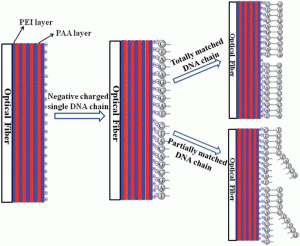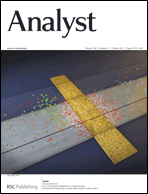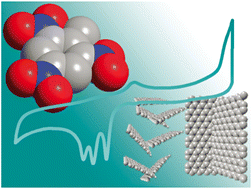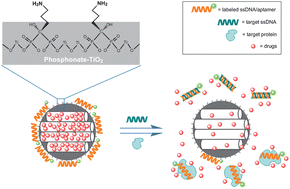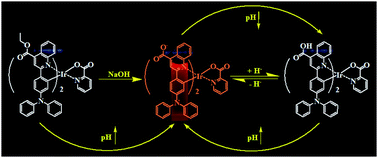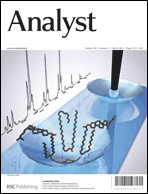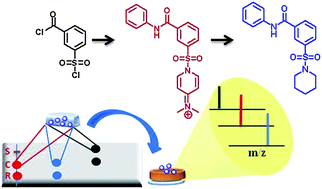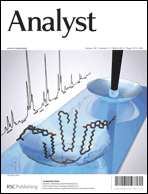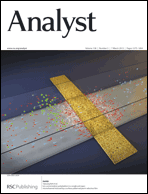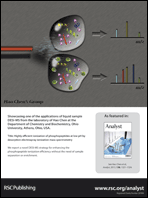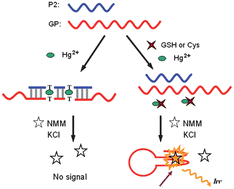In his recently published Editorial, Robin Clark talks about the key contributions of the four great Nobel Laureates – Lord Rayleigh, Sir William Ramsay, Lord Rutherford and Sir Chandrasekhara Raman – to the understanding of light scattering, to the identification and classification of the rare gases, and to the discovery of the Raman effect.

Rayleigh, Ramsay, Rutherford and Raman
Rayleigh, Ramsay, Rutherford and Raman – their connections with, and contributions to, the discovery of the Raman effect
Robin J. H. Clark
Analyst, 2013, 138, 729-734
DOI: 10.1039/C2AN90124B
To commemorate this wonderful editorial, we have gathered together a collection of papers from the last few year on Raman spectroscopy that have been published in Analyst. These papers will be free to read until March 22nd. Enjoy!
SERS-based sandwich immunoassay using antibody coated magnetic nanoparticles for Escherichia coli enumeration
Burcu Guven, Nese Basaran-Akgul, Erhan Temur, Ugur Tamer and İsmail Hakkı Boyacı
Analyst, 2011, 136, 740-748
DOI: 10.1039/C0AN00473A
Evaluation of tip-enhanced Raman spectroscopy for characterizing different virus strains
Peter Hermann, Antje Hermelink, Veronika Lausch, Gudrun Holland, Lars Möller, Norbert Bannert and Dieter Naumann
Analyst, 2011, 136, 1148-1152
DOI: 10.1039/C0AN00531B
Surface enhanced optical spectroscopies for bioanalysis
Iain A. Larmour and Duncan Graham
Analyst, 2011, 136, 3831-3853
DOI: 10.1039/C1AN15452D
Recent advancements in optical DNA biosensors: Exploiting the plasmonic effects of metal nanoparticles
Hsin-I Peng and Benjamin L. Miller
Analyst, 2011, 136, 436-447
DOI: 10.1039/C0AN00636J
Non-invasive analysis of turbid samples using deep Raman spectroscopy
Kevin Buckley and Pavel Matousek
Analyst, 2011, 136, 3039-3050
DOI: 10.1039/C0AN00723D
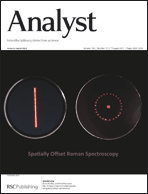
Buckley & Matousek, Analyst, 2011, 136, 3039
Subcellular localization of early biochemical transformations in cancer-activated fibroblasts using infrared spectroscopic imaging
Sarah E. Holton, Michael J. Walsh and Rohit Bhargava
Analyst, 2011, 136, 2953-2958
DOI: 10.1039/C1AN15112F
Poor quality drugs: grand challenges in high throughput detection, countrywide sampling, and forensics in developing countries
Facundo M. Fernandez, Dana Hostetler, Kristen Powell, Harparkash Kaur, Michael D. Green, Dallas C. Mildenhall and Paul N. Newton
Analyst, 2011, 136, 3073-3082
DOI: 10.1039/C0AN00627K
Rapid, sensitive DNT vapor detection with UV-assisted photo-chemically synthesized gold nanoparticle SERS substrates
Maung Kyaw Khaing Oo, Chia-Fang Chang, Yuze Sun and Xudong Fan
Analyst, 2011, 136, 2811-2817
DOI: 10.1039/C1AN15110J
Surface enhanced Raman scattering for multiplexed detection
Jennifer A. Dougan and Karen Faulds
Analyst, 2012, 137, 545-554
DOI: 10.1039/C2AN15979A
Direct SERS detection of contaminants in a complex mixture: rapid, single step screening for melamine in liquid infant formula
Jordan F. Betz, Yi Cheng and Gary W. Rubloff
Analyst, 2012, 137, 826-828
DOI: 10.1039/C2AN15846A
A quantitative solid-state Raman spectroscopic method for control of fungicides
Bojidarka Ivanova and Michael Spiteller
Analyst, 2012, 137, 3355-3364
DOI: 10.1039/C2AN35174A
Extracting biological information with computational analysis of Fourier-transform infrared (FTIR) biospectroscopy datasets: current practices to future perspectives
Júlio Trevisan, Plamen P. Angelov, Paul L. Carmichael, Andrew D. Scott and Francis L. Martin
Analyst, 2012, 137, 3202-3215
DOI: 10.1039/C2AN16300D
Differentiating intrinsic SERS spectra from a mixture by sampling induced composition gradient and independent component analysis
Justin L. Abell, Joonsang Lee, Qun Zhao, Harold Szu and Yiping Zhao
Analyst, 2012, 137, 73-76
DOI: 10.1039/C1AN15623C
Surface enhanced Raman spectroscopy for microfluidic pillar arrayed separation chips
Lisa C. Taylor, Teresa B. Kirchner, Nickolay V. Lavrik and Michael J. Sepaniak
Analyst, 2012, 137, 1005-1012
DOI: 10.1039/C2AN16239C
Total internal reflection Raman spectroscopy
David A. Woods and Colin D. Bain
Analyst, 2012, 137, 35-48
DOI: 10.1039/C1AN15722A
Understanding the molecular information contained in principal component analysis of vibrational spectra of biological systems
F. Bonnier and H. J. Byrne
Analyst, 2012, 137, 322-332
DOI: 10.1039/C1AN15821J
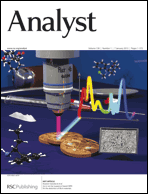
Goodacre et al., Analyst, 2013, 138, 118
Streptococcus suis II immunoassay based on thorny gold nanoparticles and surface enhanced Raman scattering
Kun Chen, Heyou Han and Zhihui Luo
Analyst, 2012, 137, 1259-1264
DOI: 10.1039/C2AN15997J
2p or not 2p: tuppence-based SERS for the detection of illicit materials
Samuel Mabbott, Alex Eckmann, Cinzia Casiraghi and Royston Goodacre
Analyst, 2013, 138, 118-122
DOI: 10.1039/C2AN35974J
Toward development of a surface-enhanced Raman scattering (SERS)-based cancer diagnostic immunoassay panel
Jennifer H. Granger, Michael C. Granger, Matthew A. Firpo, Sean J. Mulvihill and Marc D. Porter
Analyst, 2013, 138, 410-416
DOI: 10.1039/C2AN36128K
3D confocal Raman imaging of endothelial cells and vascular wall: perspectives in analytical spectroscopy of biomedical research
Katarzyna Majzner, Agnieszka Kaczor, Neli Kachamakova-Trojanowska, Andrzej Fedorowicz, Stefan Chlopicki and Malgorzata Baranska
Analyst, 2013, 138, 603-610
DOI: 10.1039/C2AN36222H
Comments Off on Rayleigh, Ramsay, Rutherford and Raman
